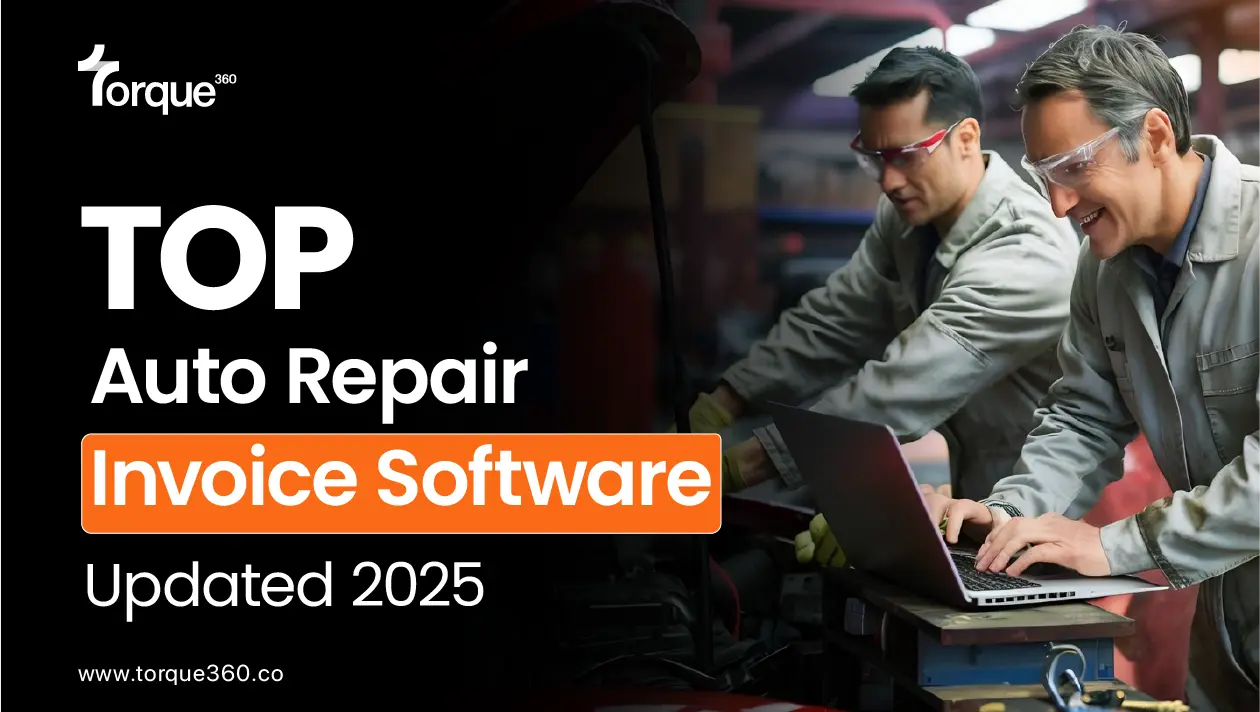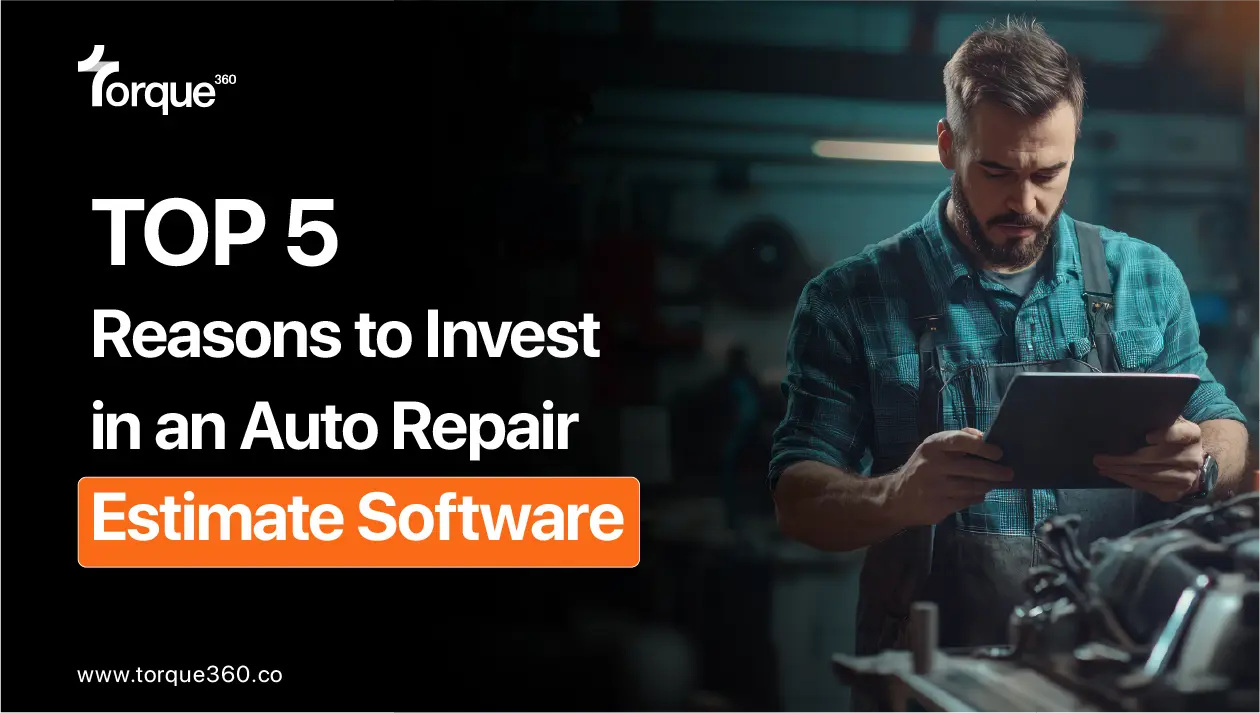One of the most reliable ways to verify car parts is by using the Vehicle Identification Number (VIN). This unique code provides detailed information about your car, allowing you to find compatible parts with ease.

Understanding the VIN
The VIN is a 17-character code that serves as your vehicle’s fingerprint. By decoding the VIN, you can gain insights into the specific details of your vehicle, ensuring that you select the correct parts for repairs or upgrades. Various online tools offer VIN decoding free services, making it easy for you to access this information without any cost.
How VINs Help in Verifying Car Parts
Using the VIN to verify car parts is straightforward and effective. When you enter the VIN into a parts database or online catalog, it will provide a list of parts that are compatible with your vehicle.
Ensuring Authenticity and Quality
One of the key advantages of using the VIN to verify car parts is ensuring the authenticity and quality of the components. By matching parts to the VIN, you can avoid counterfeit or substandard products that might not meet the required standards.
Case Study: Successful Part Verification with VIN
Consider the example of a car owner who needed to replace the transmission on their vehicle. By using the VIN, they were able to find the exact transmission model required for their car. This not only saved time and money but also ensured that the new transmission fit perfectly and functioned correctly. Such success stories highlight the importance of VIN-based part verification.
The Impact of Incorrect Parts on Vehicle Performance
Statistics reveal that using incorrect car parts can have significant negative impacts on vehicle performance and safety. According to a study by the Automotive Aftermarket Suppliers Association (AASA), approximately 25% of car breakdowns and mechanical failures are due to the use of incompatible or substandard parts. This highlights the importance of accurate part verification to ensure the reliability and longevity of your vehicle. The same study found that vehicles with correctly matched parts experienced 30% fewer mechanical issues compared to those with mismatched components.
Consumer Trends in VIN-Based Part Verification
Consumer trends indicate a growing reliance on VIN-based part verification. A recent survey by the Car Care Council found that 78% of car owners who perform their own maintenance use VIN decoding to verify parts compatibility. This represents a 20% increase over the past five years, reflecting greater awareness and utilization of VIN verification tools. Furthermore, 85% of professional mechanics reported using VIN checks as part of their standard diagnostic procedures, underscoring the widespread adoption of this practice in both amateur and professional circles. These statistics underscore the importance of using the VIN to ensure the correct and safe replacement of car parts.
Global Standards and VINs
VINs are standardized globally, meaning that the format and information contained within a VIN are consistent across different countries and manufacturers. This global standardization simplifies the process of finding compatible parts, regardless of where the vehicle was manufactured. For a detailed understanding of how VINs are standardized across various countries, you can refer to resources like the vin country of origin list, which provides comprehensive information on VIN formats and origins.
Practical Tips for Using VINs to Verify Car Parts
To effectively use the VIN for part verification, follow these practical tips:
- Locate the VIN: The VIN can usually be found on the dashboard near the windshield, inside the driver’s side door, or on the vehicle’s registration documents.
- Use Reliable Sources: Enter the VIN into trusted parts databases or contact authorized dealers to ensure you receive accurate information.
- Cross-Check Information: Double-check the compatibility of parts by cross-referencing multiple sources to confirm that the parts match your vehicle’s specifications.
Using the VIN to verify car parts is an essential practice for ensuring your vehicle’s safety, performance, and longevity. By decoding the VIN, you can access detailed information about your car and find compatible parts with confidence. This process not only saves time and money but also helps avoid the risks associated with incorrect or substandard components. Always make VIN verification a standard step in your vehicle maintenance and repair routine.




